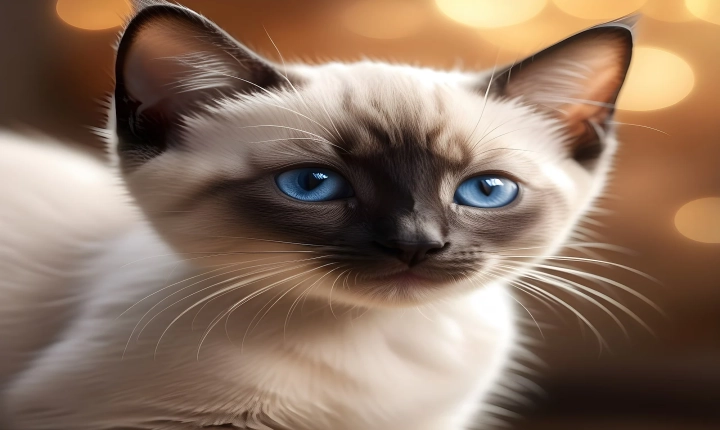Artificial intelligence has made significant advancements in recent years, enabling machines to not only perform complex tasks but also to create art. AI art, also known as computational creativity, is a fascinating field that raises questions about the nature of creativity and the role of machines in the artistic process. So, let’s delve into how AI art is created and explore the implications of this emerging form of artistic expression.
One of the most popular methods of AI art creation is through the use of generative adversarial networks (GANs). GANs consist of two neural networks – a generator and a discriminator – that work together to generate new images. The generator creates images based on a set of input data, while the discriminator evaluates these images and provides feedback to the generator. Through this iterative process, GANs can produce remarkably detailed and realistic images, often indistinguishable from those created by human artists.
Another approach to AI art is through the use of style transfer algorithms. Style transfer involves taking the visual style of one image and applying it to another, resulting in a unique fusion of artistic elements. By leveraging deep learning techniques, these algorithms can analyze the content of an image and extract its style, then apply it to a different image. This process can result in striking and innovative artworks that meld disparate artistic styles in imaginative ways.
AI art is not limited to visual media; it also extends into music and literature. For example, AI algorithms can analyze vast amounts of existing music to generate new compositions that mimic the style of different composers. Similarly, natural language processing techniques can be used to create poetry or prose that emulates the style of renowned authors. These new forms of creative expression challenge our conventional understanding of art and raise thought-provoking questions about the nature of creativity and authorship.
The implications of AI art extend beyond the creative process itself. Some critics argue that AI art diminishes the role of human artists, as machines become capable of producing artworks that rival those of human creators. However, others see AI art as a tool that complements human creativity, offering new avenues for exploration and collaboration.
Furthermore, AI art opens doors for artists to push the boundaries of traditional artistic methods and explore new forms of expression. By leveraging AI tools, artists can experiment with novel techniques and incorporate technology into their artistic practice, leading to groundbreaking and innovative artworks.
In conclusion, AI art represents a captivating intersection of technology and creativity. The methods and algorithms used to create AI art demonstrate the incredible potential of artificial intelligence in generating compelling and thought-provoking artworks. As AI continues to evolve, it is certain that the realm of AI art will expand, challenging our perceptions of what constitutes art and igniting dialogues about the role of machines in the creative process.
Whether AI art is seen as a threat to traditional artistic practices or as a powerful tool for human expression, there is no denying its potential to shape the future of art and creative innovation. As we continue to explore the possibilities of AI art, we are faced with exciting opportunities to redefine the boundaries of creativity and to uncover new paths for artistic exploration.
